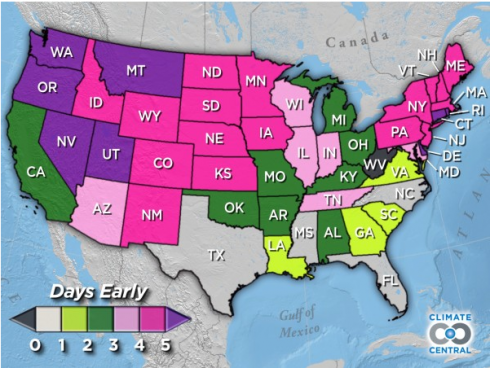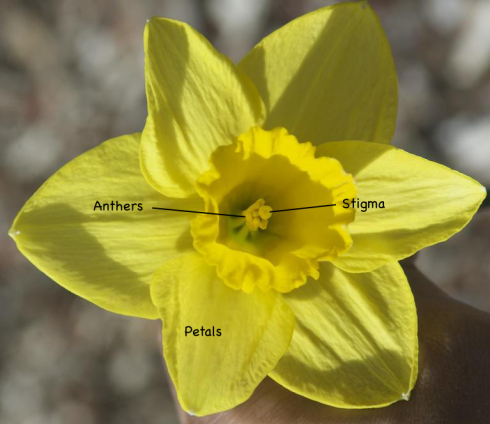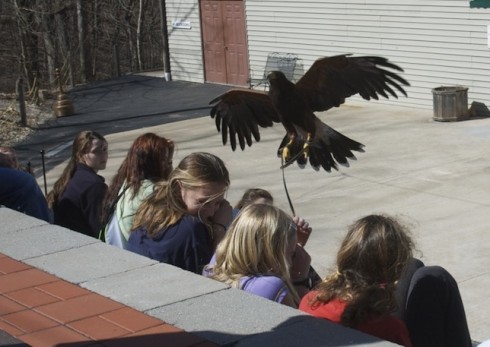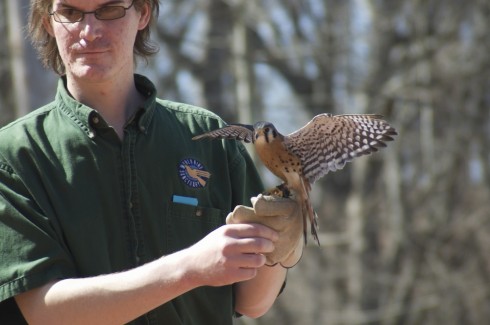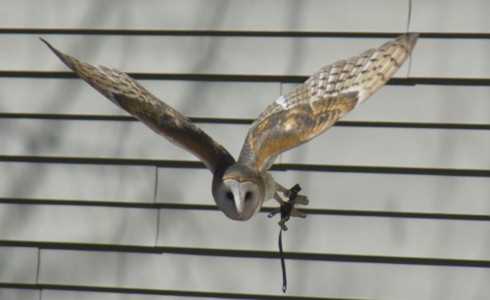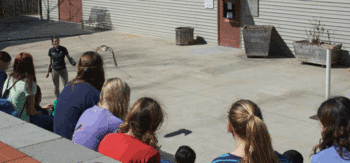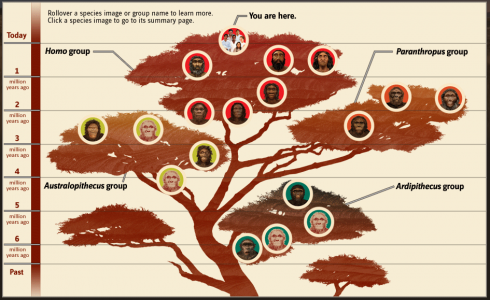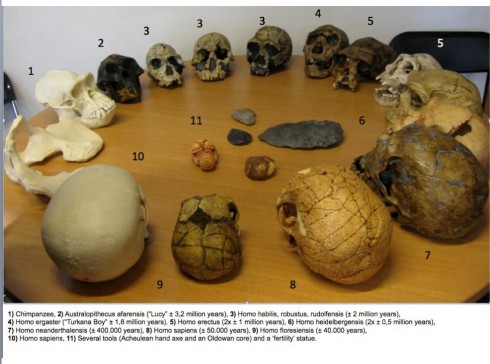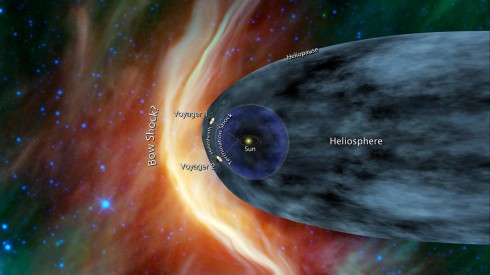
I took a half-day trip during spring break (somewhere around the 31st) to the Shaw Nature Reserve in Gray Summit. I was hoping to find some books on native, Missouri, flora and fauna, and see if the Reserve would be a good place for a field trip (they have sleeping facilities so even overnight trips are a possibility).
I found a number of books, including a nice one on mushrooms, and while I could have, I did not pick up one on wildflowers (of which there were several). Of course, spring is the perfect time to see wildflowers, especially since we ended up hiking the Wildflower Trail, so I’m probably going to have to go back sometime soon.
The lady at the main office (where you pay $5/adult) recommended we take the Wildflower Trail and then cut down south to the sandbar on the Meramec River, which is an excellent place for skipping rocks. She also recommended I take my two kids to their outdoor “classroom” for some real, unstructured play.
View Shaw Nature Reserve – Wildflower Trail in a larger map
Without a reference book, I’ve had to resort to the web for identifications, with only a little success, so I’ll post a few of my photographs here and update as I identify them.
The following two pictures are of a flower that was found covering the hillslope meadows; open areas with short grass.
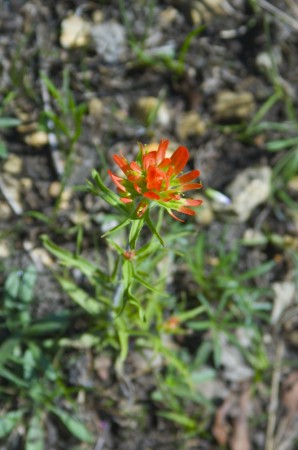
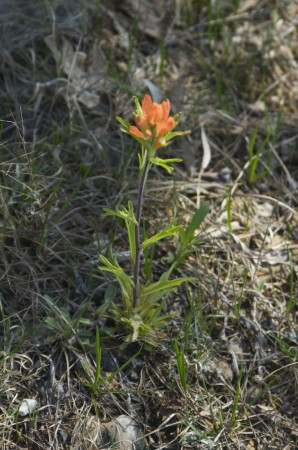

Like little stars in the daylight, these small, white flowers meadow flowers almost sparkle.
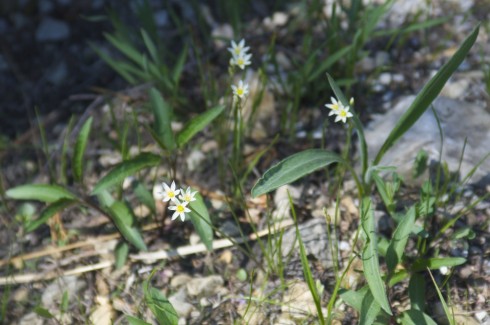
Pretty, small, yellow, meadow flowers.
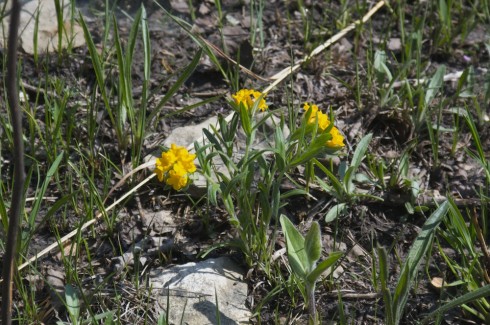
These bent-over flowers can be found on the lower, shadier edges of the hillslope meadows.
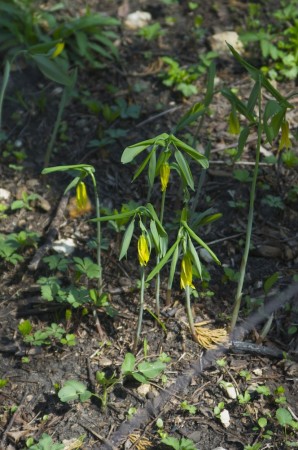
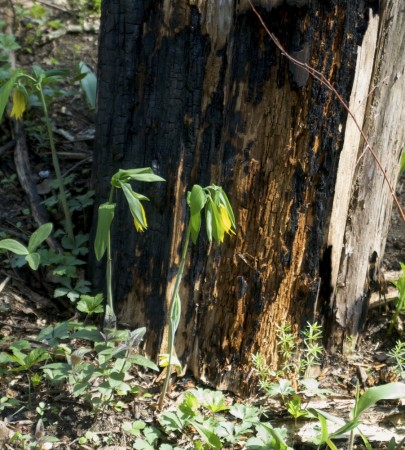
Iris’ were also in bloom.

Another herbaceous, yellow flower.
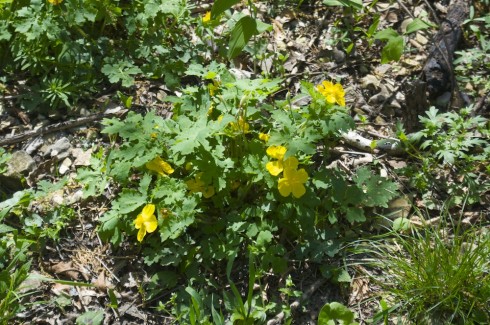
More, tiny, delicate flowers.
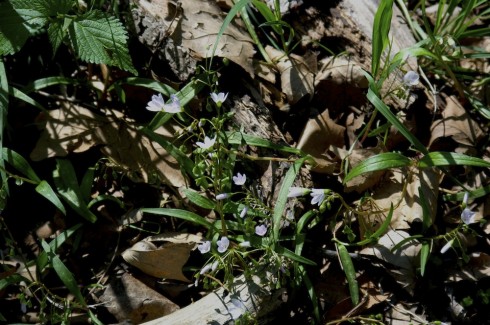
Once you get under the canopy, you run into some broader leaved plants and their own, interesting flowers.
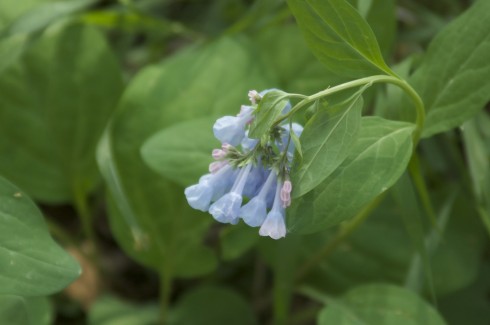
We ended up spending a lot of time on the sandbar, learning to skip rocks and hunting for clams, but I save that for another post. And we never did get to the play area; that’ll have to wait for the next trip.
